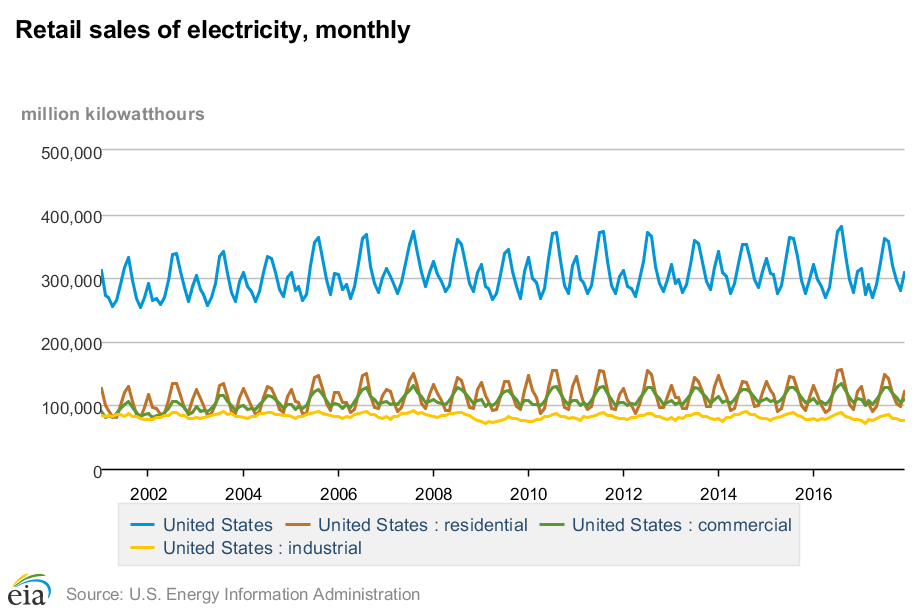By Frank Andorka, Senior Correspondent
What Happened: A report by Vote Solar and the Union of Concerned Scientists revealed that if DTE Energy, a Detroit-area utility, implemented a renewable/energy efficiency portfolio instead of a $1 billion, 1,100 MW natural gas plant
- Would provide more than 10-times the number of construction jobs.
- Add slightly less than 4-times the number of permanent jobs.
- Would generate $213.5 million in local and state taxes and $41.1 million in federal taxes.
SolarWakeup’s View: I love Vote Solar. The work they do to advocate for the industry almost flies under the radar unless you’re paying close attention, but they have been instrumental in battling anti-solar policies and projects in states across the nation for years.
Their latest battleground is Michigan, where Detroit-based utility DTE Energy has asked the PUC for permission to build an 1,100 MW natural gas plant to replace the coal plants they are retiring. Going on the offense, Vote Solar says the investment would

be a waste of time and money because renewable sources would bring far more benefits.
Now there is data to back that up.
A new study by BW Research, commissioned by Vote Solar and the Union of Concerned Scientists, reveals that investments in a portfolio of solar, wind and energy efficiency programs would create more jobs, generate more taxes and, according to UCS, cost $340 million less to build.
The study comes merely three weeks after DTE’s CEO said the utility would be 100% coal-free by 2040.
This is how public participation/pressure is supposed to work, and Vote Solar has gotten really good at it. In the face of the jobs numbers in this study, it should be intensely uncomfortable for the PUC to vote to support DTE’s harebrained natural gas plant plan. Doesn’t mean they won’t do it, of course, but the solar industry shouldn’t make it easy for them to do so.
Go get ‘em, Vote Solar. You can help Vote Solar by joining them at Equinox 2018.
More


